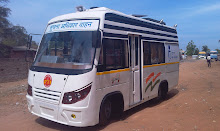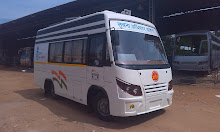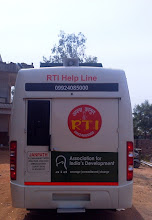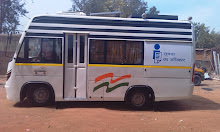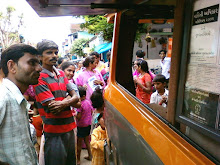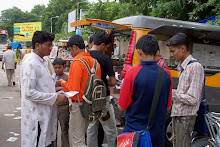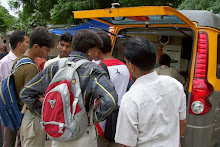DNA: Mumbai: Sunday, September 25,
2016.
Who is
accountable for the deaths of such a large number of tribal kids due to
malnutrition in Palghar, Melghat and other districts of Maharashtra? Perhaps
nobody!
This can be
understood from the Women and Child Development Department (WCD), which claims
208 kids died in Palghar from April to August. While health department data
points out more than 340 children lost their lives in the same period.
None of the
two departments have any specific data pertaining to malnutrition deaths.
Nonetheless, the tribal development department doesn't compile any figures.
Minister Vishnu Savara quoted the figures of WCD, when he was cornered on the
issue.
The Tribal
department's apathy is despite the fact, that malnutrition has been a perennial
issue for Palghar with an alarming number of kids below the age of five dying
due to severe undernutrition for many years.
Ideally, the
Tribal Development Department (TDD) should have been an umbrella body to
spearhead various welfare schemes for Tribals. But, unfortunately, that is not
the case.
The
department that had an annual allocation of Rs5,170 crore in 2015-16 merely
functions as "funding body" as most schemes are implemented by other
departments, claim officials.
When asked
about kids deaths in his area, Babasaheb Pardhe, project officer of Integrated
Tribal Development Project (Jawhar, Mokhada, Wada and Vikramgad), said,
"Nutritional schemes are implemented by Integrated Child Development
Project through aanganwadis, which come under WCD. Treatment of malnourished
kids is taken care of by Public Health and Family Welfare departments. We
provide them funds from time to time. None of these departments' report to
us."
This means
that despite being on ground and working in the same tribal project area, WCD
and Health and Family Welfare departments don't share data and information with
the tribal development department.
Aanganwadis
not only cater to children under six, but also pregnant mothers (Dr APJ Abdul
Kalam Amrut Ahaar Yojna). They also take care of immunization and health
screening of kids with the help of ASHA and ANM.
Two other
main schemes are implemented by health and family welfare department, say
officials. Janani Suraksha yojna to promote institutional delivery and offer
financial assistance to mothers for two kids and Rashtriya Bal Swasthya
Karyakram (RBSK), which aims at early identification and intervention for
children from birth to 18 years to cover four 'D's viz. defects at birth,
deficiencies, diseases, development delays including disability.
What does the
tribal department do then with 15,000 plus staff? "We manage 530 ashrams,
schools and hostels for youths," said tribal officials. Incidentally,
ashram schools are accused of large scale irregularities and highest number of
deaths across India. As many as 684 tribal children died in Maharashtra
state-run residential schools in the last five years out of total 883 deaths in
India, revealed a media report early this year quoting RTI response.
"Malnutrition
has a complex set of political, social and economic causes. Unfortunately,
there are no easy solutions that fit entire state and complete within a single
deadline," says Mahesh Raut, tribal activist from Gadchiroli.
While
minister and secretary remained unreachable, a top official defended:
"Governor had recently pulled up the three departments on lack of
coordination. We are now seeking to collaborate for better implementation of
schemes."











